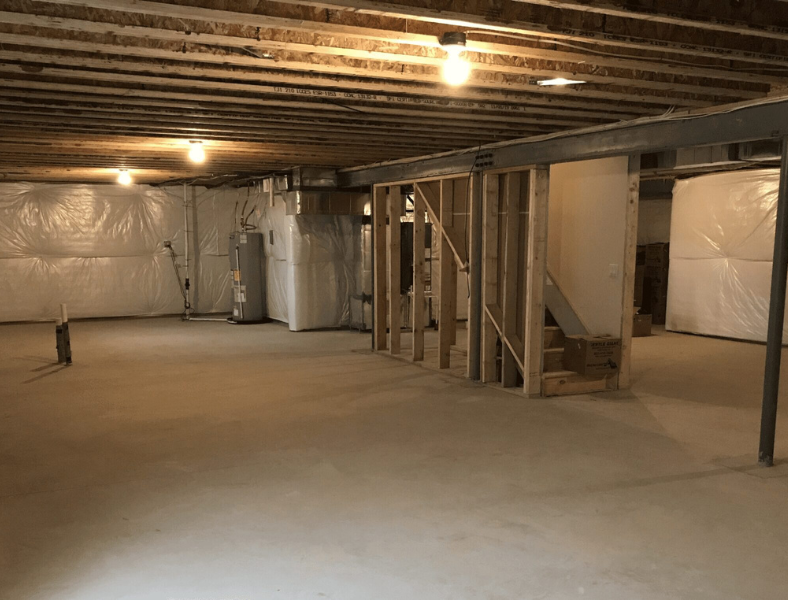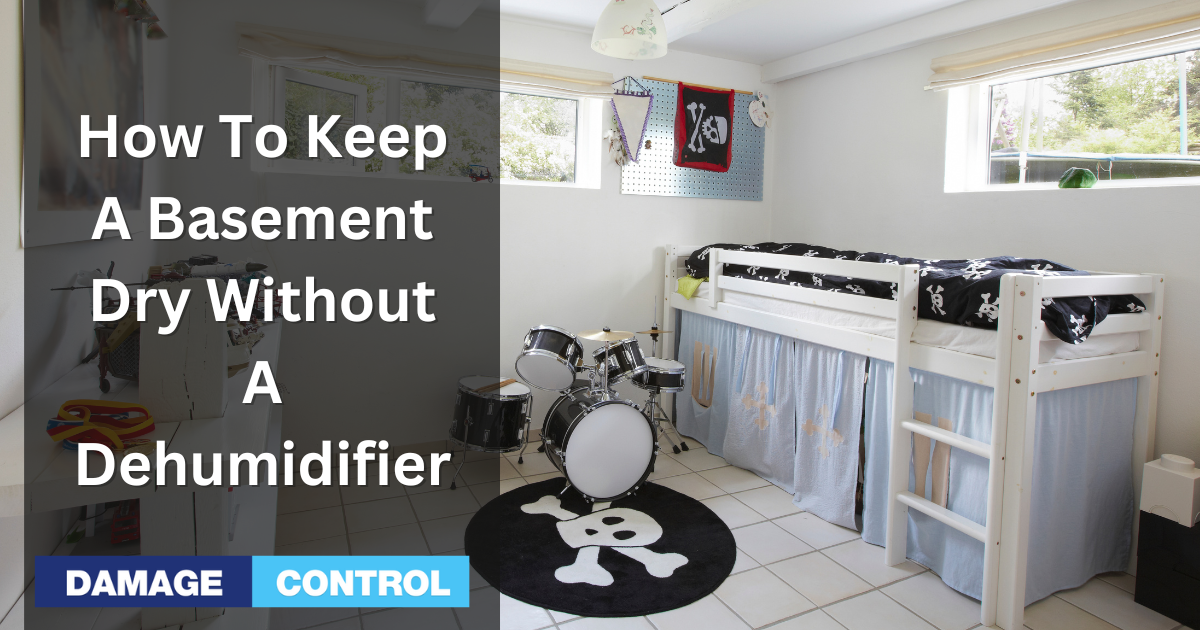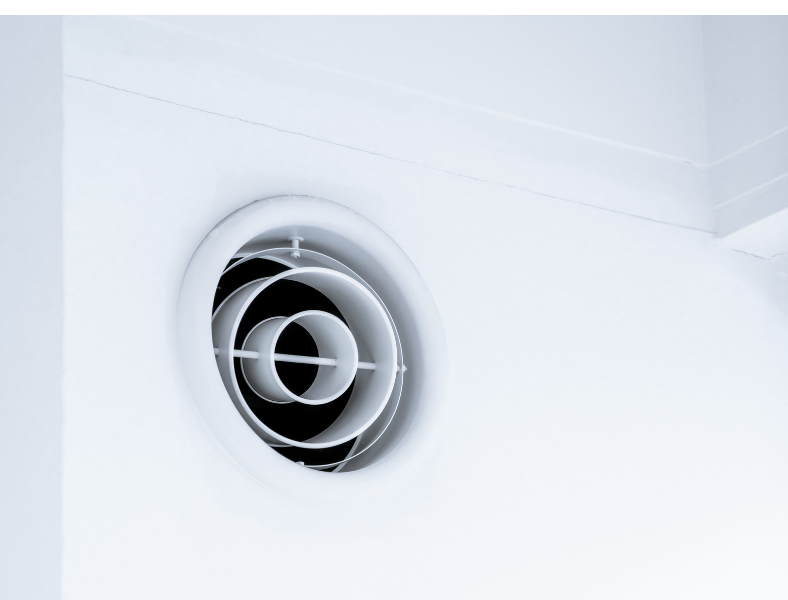Why do basements need to be dry? The answer lies in the dangers of mold and mildew, which create unpleasant odors and harm your health. While dehumidifiers can help address this issue, they have drawbacks such as high energy bills, noise, and maintenance requirements.
Therefore, exploring alternative solutions to keep your basement dry and comfortable is worth exploring. Keep reading for tips on achieving a dry and happy basement without relying solely on dehumidifiers.
Proper Basement Construction and Waterproofing
 Selecting the right foundation materials
Selecting the right foundation materials
A strong foundation is vital. Choose the best option for your basement. Concrete blocks are affordable and easy to install. Poured concrete offers strength and durability. Insulated Concrete Forms (ICFs) provide insulation and energy efficiency. Research and select what works best for you. Keep water out and protect your home.
A well-designed drainage system is crucial. Install a French drain around the basement perimeter to direct water away. Use sump pumps to remove excess water. Don't forget about gutters and downspouts to keep rainwater from pooling around your home. Say goodbye to dampness and enjoy a dry basement.
Extra protection is key. Use waterproof coatings and sealants on both interior and exterior walls. This adds another layer of defense against moisture. Waterproof coatings can be applied to the exterior during construction. Sealants on the interior provide an additional barrier. Keep your basement dry and enjoy your comfortable space.
Improving Indoor Air Circulation
Embrace the power of nature. Natural ventilation keeps air fresh and dry. It prevents mold and mildew growth. Open windows and doors to let in a gentle breeze. Save on energy costs and enjoy a healthier basement.
Smart planning goes a long way. Place windows and vents in strategic spots. Promote cross-ventilation for maximum air circulation. Keep windows on opposite walls to create a smooth airflow—dry air in, damp air out.
Boost your air quality. Use fans to improve circulation. Choose what works best for your space for box, exhaust fans, or ceiling fans. Don't forget air purifiers. They remove allergens and pollutants. Breathe easy in your clean, dry basement.
Maintaining Gutters and Downspouts
A little effort goes a long way. Clean and maintain gutters regularly. Remove leaves, twigs, and debris. Check for damage and fix it. Prevent clogs and keep water flowing away from your home.
Location matters. Place downspouts away from your home's foundation. Use extensions to guide water further away. Keep your basement safe from water damage. Upgrade your gutters. Install gutter guards. They prevent debris buildup and reduce maintenance—a wise investment for a dry, damage-free basement.
Landscaping to Prevent Water Accumulation
Shape your yard right. Proper grading is essential. Ensure a slope away from your home—guide water towards the street, storm drains, or a designated area. Keep your basement safe and dry.
Plants to the rescue! Select water-loving flora. They soak up excess moisture. Consider plants like willows, ferns, or dogwoods. Create a beautiful, functional landscape that protects your basement.
Integrating rain chain gutters into your garden design is an innovative approach to rainwater management. This enhances the aesthetic appeal of your outdoor space and serves as an efficient capture method.
The rain garden, nourished by the natural flow from rain chains, becomes a functional and beautiful feature contributing to sustainable water management. This natural moisture control strategy beautifies your outdoor environment and keeps your basement dry, offering an aesthetically pleasing alternative to traditional gutter systems.
Insulating Your Basement
Stay warm and dry, and save money. Insulation keeps basements cozy and energy-efficient. It reduces condensation and moisture buildup. Lower energy bills and enjoy a comfortable space.
Pick the perfect insulation. Fiberglass batts, rigid foam boards, or spray foam? Weigh the pros and cons. Consider your climate, budget, and unique needs specific to your basement. Make an informed choice.
Do it right. Follow best practices for insulation installation. Seal gaps and cracks first. Insulate walls, floors, and ceilings. Hire a professional if needed. Ensure a well-insulated, moisture-free basement.
Controlling Indoor Humidity Sources
Find the culprits. Check for leaks, damp spots, or condensation. Fix plumbing issues, seal cracks, and address other moisture sources. Keep your basement dry and healthy. Install exhaust fans in high-humidity areas. Bathrooms, kitchens, or laundry rooms need proper ventilation. Use moisture-absorbing products. Desiccant packets, silica gel, or calcium chloride work wonders. Place them around your basement.
Monitoring Indoor Humidity Levels
Keep an eye on humidity. It helps maintain a healthy, comfortable environment. Prevent mold, mildew, and damage. Keep your basement in perfect condition. Pick the best tools. Use a hygrometer or a smart home device to track humidity levels. Find one that suits your needs and budget. Stay informed and in control.
Know the numbers. Understand humidity readings. Aim for 30-50% relative humidity indoors. Too high or too low? Adjust ventilation, insulation, or moisture control. Keep your basement dry and comfortable.
Conclusion
A dry basement is possible, even without a dehumidifier. Follow these tips: start with a strong foundation, improve air circulation, maintain gutters, landscape smartly, insulate, control humidity sources, and monitor indoor humidity levels. Regular maintenance is key. Embrace these strategies and enjoy a comfortable, moisture-free basement. Your home will thank you.
Frequently Asked Questions
Why is it important to keep a basement dry?
A dry basement prevents mold, mildew, and structural damage. It maintains a healthy, comfortable environment for you and your family.
What are the disadvantages of using a dehumidifier?
Dehumidifiers can be noisy, consume energy, and require maintenance. They can increase energy bills and aren't always eco-friendly.
How can I improve air circulation in my basement without using a dehumidifier?
Utilize natural ventilation, strategically placed windows and vents, and install fans and air purifiers to improve air circulation.
What landscaping techniques can help prevent water accumulation near my basement?
Proper yard grading, selecting water-absorbing plants, and creating a rain garden can help prevent water accumulation near your basement.
How does insulation contribute to a dry basement?
Insulation reduces condensation and moisture buildup, keeping your basement dry and energy-efficient.
How do I monitor and control indoor humidity levels in my basement?
Monitor humidity levels using a hygrometer or smart home device. Aim for 30-50% relative humidity and adjust ventilation, insulation, or moisture control as needed.


